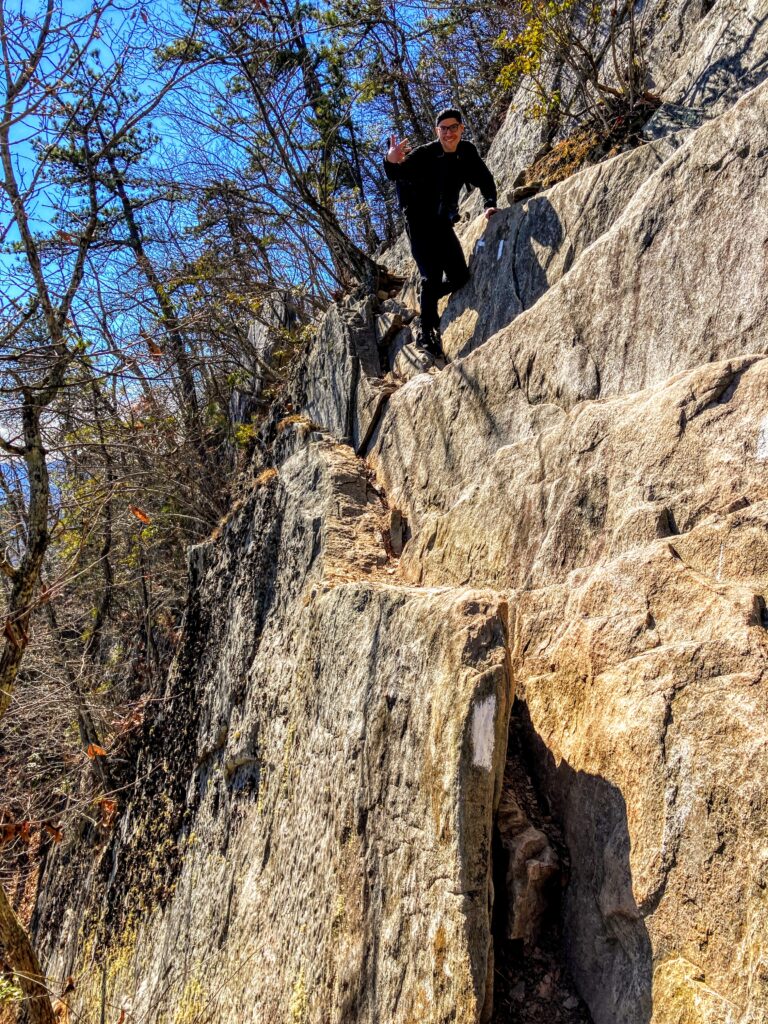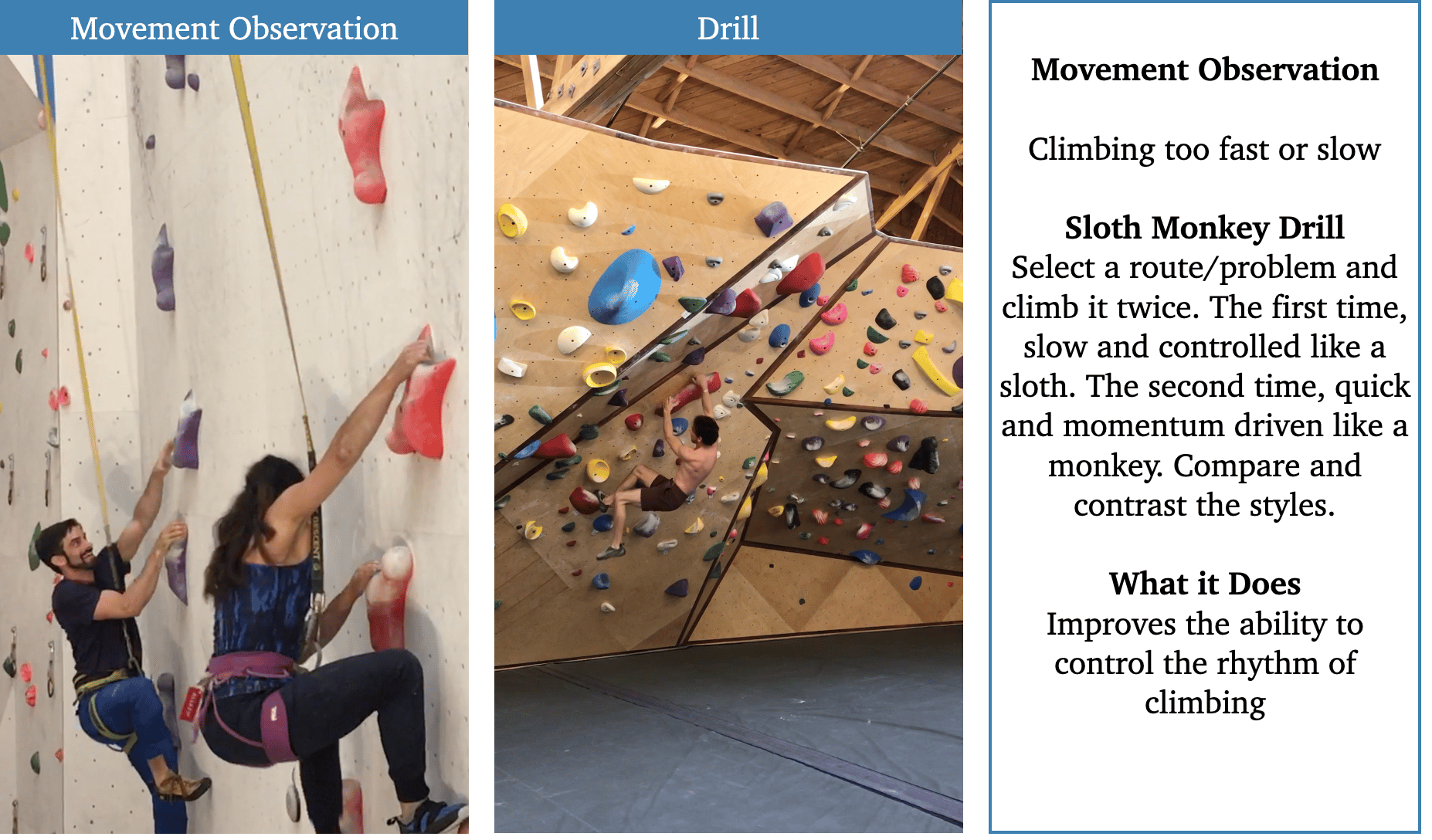🔥 Best MTB GEAR DEALS ON AMAZON
Mountain biking has gained immense popularity among adventure enthusiasts as an exhilarating outdoor activity. A key aspect that makes mountain biking exciting is the presence of well-designed and properly built mountain bike trails. These trails not only offer an exhilarating experience but also ensure the safety of riders. If you are passionate about mountain biking and want to contribute to your local biking community, this comprehensive guide will provide you with valuable insights on how to build mountain bike trails.
1. Planning and Research
Before embarking on the trail-building process, it is crucial to conduct thorough planning and research. Consider the following steps to ensure a successful trail-building venture:
a) Identify the Location
The first step is to search for suitable areas with diverse terrain and natural features that can enhance the trail experience. It is vital to seek permission from landowners or local authorities to ensure legal and environmental compliance. By securing the necessary permissions, you can avoid potential conflicts and ensure the sustainability of your trail project.
b) Understand the Landscape
Surveying the terrain is essential to identify potential trail routes and understand the natural features that can be incorporated into the design. Factors to consider include elevation changes, soil type, vegetation, and water drainage patterns. This understanding will help you create a trail that harmonizes with the environment and provides an exciting riding experience.
c) Define Trail Difficulty
Determining the desired difficulty level of your trail is crucial. By offering a range of difficulty levels, from beginner-friendly to advanced, you can attract a broader range of riders and accommodate various skill levels within your community. This inclusivity will foster a sense of community and encourage more people to participate in mountain biking.
d) Consider Sustainability
Building sustainable trails is essential to minimize erosion, preserve natural habitats, and promote long-term trail viability. Aim for a balance between trail enjoyment and environmental conservation. You can achieve this by implementing sustainable trail design principles, such as using proper drainage techniques, selecting environmentally friendly materials, and avoiding excessive trail widening.
2. Trail Design
Designing an engaging and safe mountain bike trail is a crucial step in creating a memorable riding experience. Consider the following important considerations during the trail design phase:
a) Flow and Features
Creating a trail that offers a sense of flow is key to an enjoyable riding experience. Design smooth transitions between uphill and downhill sections, allowing riders to maintain momentum. Incorporate natural features like rocks, roots, and small drops to provide technical challenges and excitement. These features add variety to the trail and make it more engaging for riders of different skill levels.
b) Trail Width
Ensuring that your trail is wide enough to accommodate riders comfortably is essential. A minimum width of 18-24 inches for singletrack trails is recommended to allow safe passing and maneuvering. A wider trail also reduces the risk of collisions and enhances the overall safety of the riding experience.
c) Switchbacks and Berms
Well-designed switchbacks are crucial for effectively navigating steep slopes. Including properly constructed berms (banked turns) enhances rider safety and overall flow. Berms allow riders to maintain speed while making turns, adding to the excitement and flow of the trail. Proper construction techniques should be employed to ensure the longevity and stability of these features.
d) Sustainable Trail Design
Incorporating sustainable trail design techniques is essential to minimize erosion and environmental impact. Utilize natural drainage patterns to prevent water buildup and erosion. Construct water bars, which are ridges across the trail that divert water runoff, to further mitigate erosion risks. Additionally, choose trail surface materials that require minimal maintenance and have a minimal impact on the surrounding ecosystem.
e) Signage and Markings
Clear and informative signage is crucial to assist riders in navigating the trail safely. Use international trail symbols, directional arrows, and trail difficulty ratings to provide clear communication to riders. Well-placed signage ensures that riders can easily follow the trail and make informed decisions, enhancing their overall experience.
3. Trail Construction
Once the trail design is finalized, it’s time to roll up your sleeves and start building. Follow this step-by-step approach to ensure a successful trail construction process:
a) Clearing Vegetation
Clear the trail corridor by removing unwanted vegetation, such as bushes, shrubs, and small trees. It is important to carefully clear the path using appropriate tools like loppers, pruning shears, and handsaws. Clearing vegetation ensures a safe and unobstructed trail for riders.
b) Excavation and Grading
Excavate the trail path to create a well-defined tread. Remove rocks, roots, and other obstacles that may hinder the riding experience. Use grading tools like rakes and shovels to achieve a smooth surface. Proper grading ensures a comfortable and enjoyable riding experience for mountain bikers.
c) Building Features
Depending on the desired trail difficulty, you can construct various technical features to enhance the trail experience. These features can include jumps, drops, rock gardens, or log rides. It is crucial to build these features safely and consider the skill levels of the riders who will be using the trail. Well-constructed features add excitement and challenges to the trail, making it more appealing to riders.
d) Surface Material
Choosing the appropriate surface material for your trail is essential for its longevity and usability. Factors such as drainage, terrain, and expected trail usage should be considered when selecting surface materials. A combination of soil, gravel, and natural materials is often used to create a stable and durable trail surface. The choice of surface material should be based on its ability to withstand weather conditions and minimize erosion.
e) Trail Maintenance
Regular trail maintenance is vital to ensure the longevity and safety of your trail. Inspect the trail regularly, remove any fallen trees or debris, and repair erosion-prone areas promptly. By addressing maintenance needs promptly, you can provide a safe and enjoyable riding experience for mountain bikers.
4. Safety and Community Engagement
Building mountain bike trails goes beyond construction; it involves fostering a safe and vibrant biking community. Here are some ways to ensure safety and engage the community:
a) Safety Signage
Installing safety signage throughout the trail system is crucial for promoting rider safety. Cautionary signs, speed limits, and warnings about potential hazards should be strategically placed along the trail. Additionally, educating riders about responsible biking practices and trail etiquette through signage contributes to a safer riding environment.
b) Volunteer Involvement
Encouraging local mountain biking enthusiasts to volunteer in the construction and maintenance of the trails is a great way to engage the community. Organize trail-building days where community members can contribute their time and skills. Involving volunteers fosters a sense of ownership and pride in the trail system, leading to its long-term sustainability.
c) Trail User Education
Organize information sessions or workshops to educate riders about trail usage, safety precautions, and environmental conservation. Promote responsible trail use to ensure the sustainable enjoyment of the trails. By educating trail users, you can create a community that respects and preserves the natural environment while enjoying the trails.
d) Collaboration with Authorities
Working closely with local authorities, landowners, and relevant organizations is essential for obtaining necessary permits and ensuring compliance with regulations. Collaborating with these entities enhances the legitimacy and long-term sustainability of your trail project. It also creates opportunities for funding and support from government or private organizations.
By following these guidelines and considering the unique characteristics of your landscape, you can contribute to the creation of exciting and sustainable mountain bike trails. Remember, safety, proper design, and community engagement are the keys to building successful trails that riders will love and cherish for years to come.
This response has been generated by OpenAI’s GPT-3 language model, which is trained primarily on English text. Although it strives to generate accurate content, please be aware that it may occasionally produce errors or incorrect information.
FAQ
Q: Why is planning and research important before building mountain bike trails?
A: Planning and research are important before building mountain bike trails because they help identify suitable locations, ensure legal and environmental compliance, understand the terrain, and determine the desired difficulty level. This results in a successful trail-building venture that offers an exciting and safe riding experience.
Q: What should be considered during the trail design phase?
A: During the trail design phase, important considerations include creating flow and incorporating natural features, ensuring the trail width is wide enough for safe passing, incorporating switchbacks and berms for navigation and safety, and implementing sustainable trail design techniques to minimize erosion and environmental impact. Signage and markings should also be included for clear communication to riders.
Q: What steps should be followed during trail construction?
A: During trail construction, the steps include clearing vegetation to create a safe and unobstructed trail, excavating and grading the trail path for a smooth surface, building features based on desired difficulty, choosing appropriate surface materials for longevity and usability, and conducting regular trail maintenance to ensure safety and longevity.
Q: How can safety and community engagement be ensured in mountain bike trail building?
A: Safety and community engagement can be ensured by installing safety signage, educating riders about responsible biking practices and trail etiquette, encouraging volunteer involvement in construction and maintenance, organizing information sessions or workshops about trail usage and conservation, and collaborating with local authorities and organizations for necessary permits and support. These measures foster a safe and vibrant biking community.



